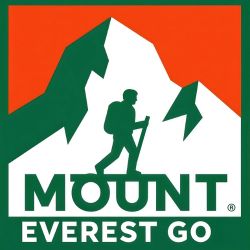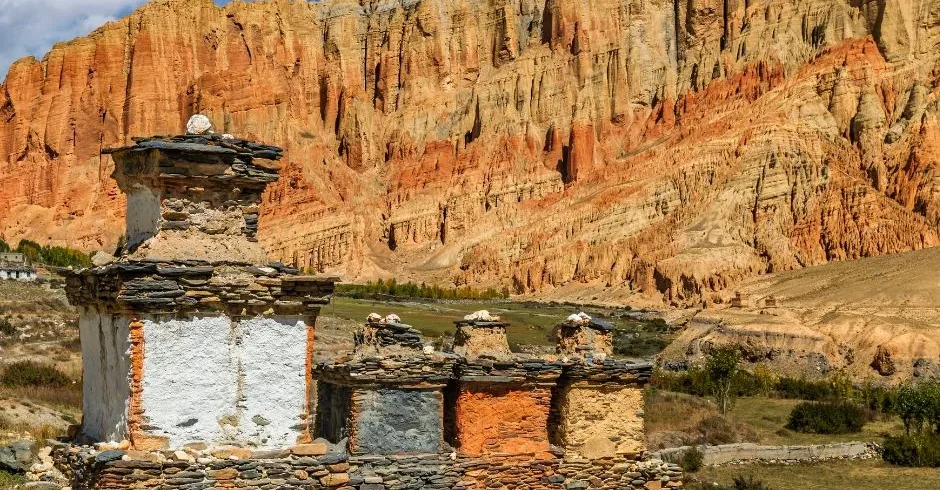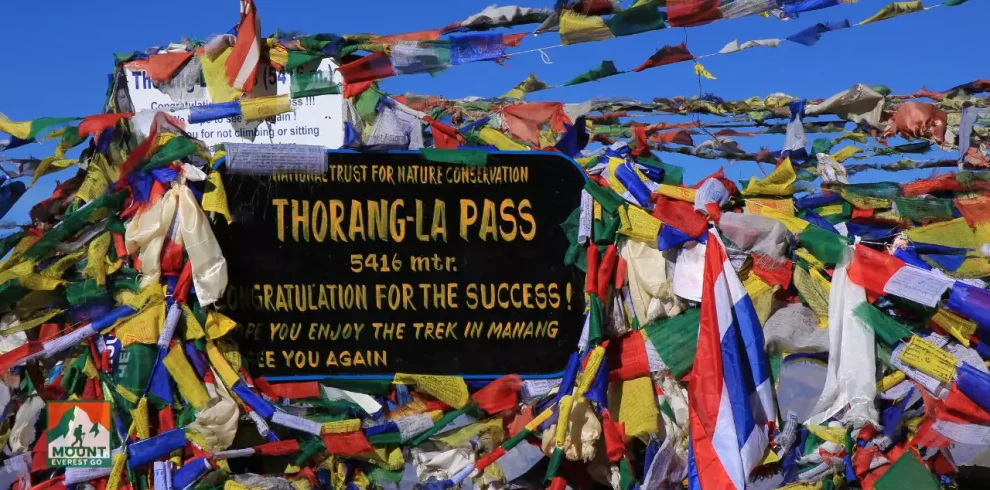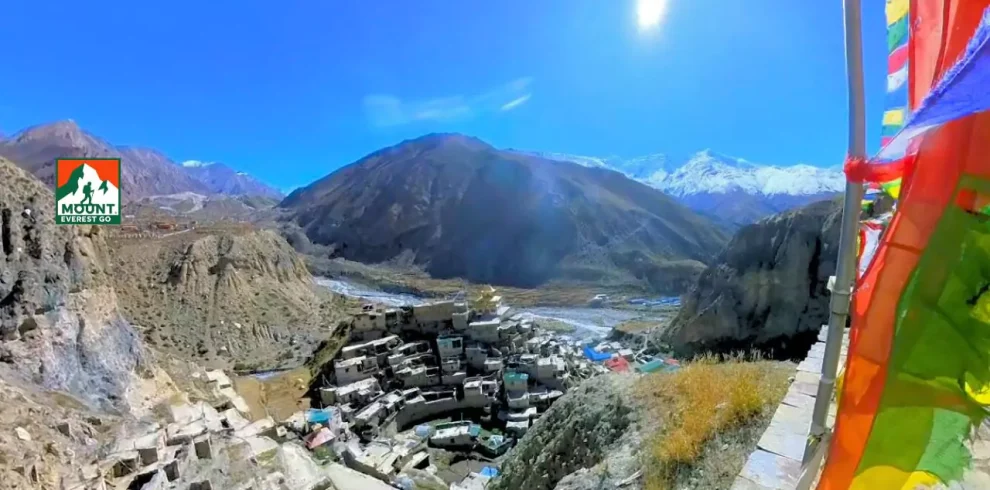Uncover the secrets of Upper Mustang, the forbidden kingdom of Nepal. This comprehensive guide, based on a personal trek, provides you with a step-by-step plan for your journey, outlines what to expect on the trail, and offers insights into immersing yourself in this ancient Tibetan culture.
The wind whips your prayer flags as you gaze across a landscape painted in hues you never knew existed – terracotta cliffs, ochre valleys, and the distant, snow-capped giants. This isn’t the Everest Base Camp you’ve seen in countless photos. This is Upper Mustang, the Forbidden Kingdom, and it’s calling to a part of you that craves raw beauty and ancient stories.
I remember my first glimpse of Lo Manthang. After days of trekking through what felt like another planet, there it was, a walled city, defiant and majestic, rising from the barren plains. It felt less like an arrival and more like uncovering a secret.
This isn’t a trip for the faint of heart, nor for those seeking luxury. It’s for the adventurous spirit, the curious soul, and anyone who yearns to connect with a way of life that has remained largely untouched by the modern world. If you’re ready to trade Wi-Fi for wide-open spaces and five-star resorts for star-filled skies, then read on.

Why Upper Mustang? It’s More Than Just a Trek
You might be wondering, with so many incredible treks in Nepal, why choose Upper Mustang? Here’s why it holds a special place in my heart, and why it should be on your bucket list:
- A Living Tibetan Culture: Until 1992, Upper Mustang was a restricted demilitarized zone. This isolation preserved its vibrant, ancient Tibetan culture, making it one of the last true enclaves of traditional Tibetan Buddhism outside of Tibet itself. You’ll witness festivals, visit monasteries carved into cliffs, and interact with the warm, resilient Loba people.
- The Landscape is Unearthly: Imagine a desert in the sky. Stark, dramatic, and utterly breathtaking. Erosion has sculpted the sandstone cliffs into fantastical shapes, and the Kali Gandaki river has carved the deepest gorge in the world right through it. It’s a photographer’s dream and a soul-stirring experience.
- A Journey Through History: From sky caves housing ancient mummies to the magnificent walled city of Lo Manthang, every step is a walk through centuries of history, myth, and legend.

Planning Your Upper Mustang Adventure: The Essentials You Need to Know
This isn’t a spontaneous “pack a bag and go” kind of trip. There are a few crucial elements to sort out.
The Restricted Area Permit: Your Golden Ticket
This is the most important piece of paper you’ll need. Upper Mustang is a “restricted area” in Nepal, meaning independent trekking is not allowed. You must travel with an authorized trekking agency and have a Special Restricted Area Permit.
- Cost: Brace yourself – it’s not cheap. The permit costs $500 USD for the first 10 days, and then $50 per day after that. This fee is a significant contribution to preserving the region’s culture and environment.
- How to Get It: Your trekking agency will handle all the paperwork for you. You’ll also need the Annapurna Conservation Area Project (ACAP) permit, which is standard for most treks in the region.
Best Time to Visit: Chasing the Perfect Weather
Upper Mustang sits in the rain shadow of the Himalayas, meaning it receives far less rainfall than other parts of Nepal during monsoon season.
- Spring (March to May): This is arguably the best time. The weather is stable, temperatures are pleasant (though still cool at night), and the famous Tiji Festival often falls in May, offering an incredible cultural experience.
- Autumn (September to November): Another excellent window. Clear skies and moderate temperatures, similar to spring.
I personally went in late April, and the days were sunny and crisp, perfect for trekking. The wind, though, is a constant companion – embrace it!
Getting There: The Journey is Part of the Destination
Your adventure begins long before you set foot on the trekking trails of Upper Mustang.
- Fly to Kathmandu: This is your international gateway to Nepal.
- Fly to Pokhara: A stunning lakeside city and the trekking hub of Western Nepal. It’s worth spending a day or two here to relax before your trek.
- Fly to Jomsom: This is where the true Upper Mustang trek begins. The flight itself is an experience, winding through the Kali Gandaki gorge with incredible mountain views. It can be prone to delays due to weather, so build some buffer days into your itinerary.
Alternatively, by road: While flying to Jomsom is common, the road from Pokhara to Jomsom (and even further into Mustang) has improved. You can now take jeeps, which offers a different perspective, but it’s a long, dusty, and sometimes bumpy ride. Most trekkers still prefer to fly to Jomsom to save time and energy.

A Glimpse into the Journey: What to Expect on the Trail
Most Upper Mustang treks are around 10-14 days from Jomsom and back, including travel days. Here’s a taste of what each day might hold:
- Trekking: Expect to walk 5-7 hours a day. The trails are generally well-defined, following ancient trading routes, but they can be dusty and exposed. While there aren’t extreme ascents like some Himalayan treks, the constant up and down, combined with the altitude and wind, can be challenging.
- Altitude: You’ll be trekking at elevations between 2,800m (Jomsom) and Lo Manthang at 3,840m, with some passes reaching over 4,000m. Acclimatization is key. Go slow, hydrate constantly, and listen to your body (and your guide!).
- Accommodation: You’ll stay in simple guesthouses (teahouses). Don’t expect luxury. Rooms are basic, usually with twin beds. Toilets can be shared and sometimes squat style. Showers might be bucket showers with hot water for a small fee. Embrace the simplicity – it’s part of the experience!
- Food: Hearty and delicious Nepali staples! Dal bhat (rice and lentils) will be your best friend, offering endless refills. You’ll also find noodles, momos (dumplings), Tibetan bread, and sometimes even apple pie (the Mustang region is famous for its apples!).
- Culture: This is where Upper Mustang truly shines. You’ll pass through charming villages with whitewashed houses, stumble upon ancient chortens (stupas) and mani walls (stone carvings), and hear the rhythmic chanting from monasteries. Be respectful, always ask permission before taking photos of people, and learn a few basic Nepali or Loba phrases; a simple “Namaste” goes a long way.





2 Comments
It’s NPR 3000, and if you are thinking of making an online payment, an additional 2.9% more.
It’s NPR 3000, and if you are thinking of making an online payment, an additional 2.9% more.